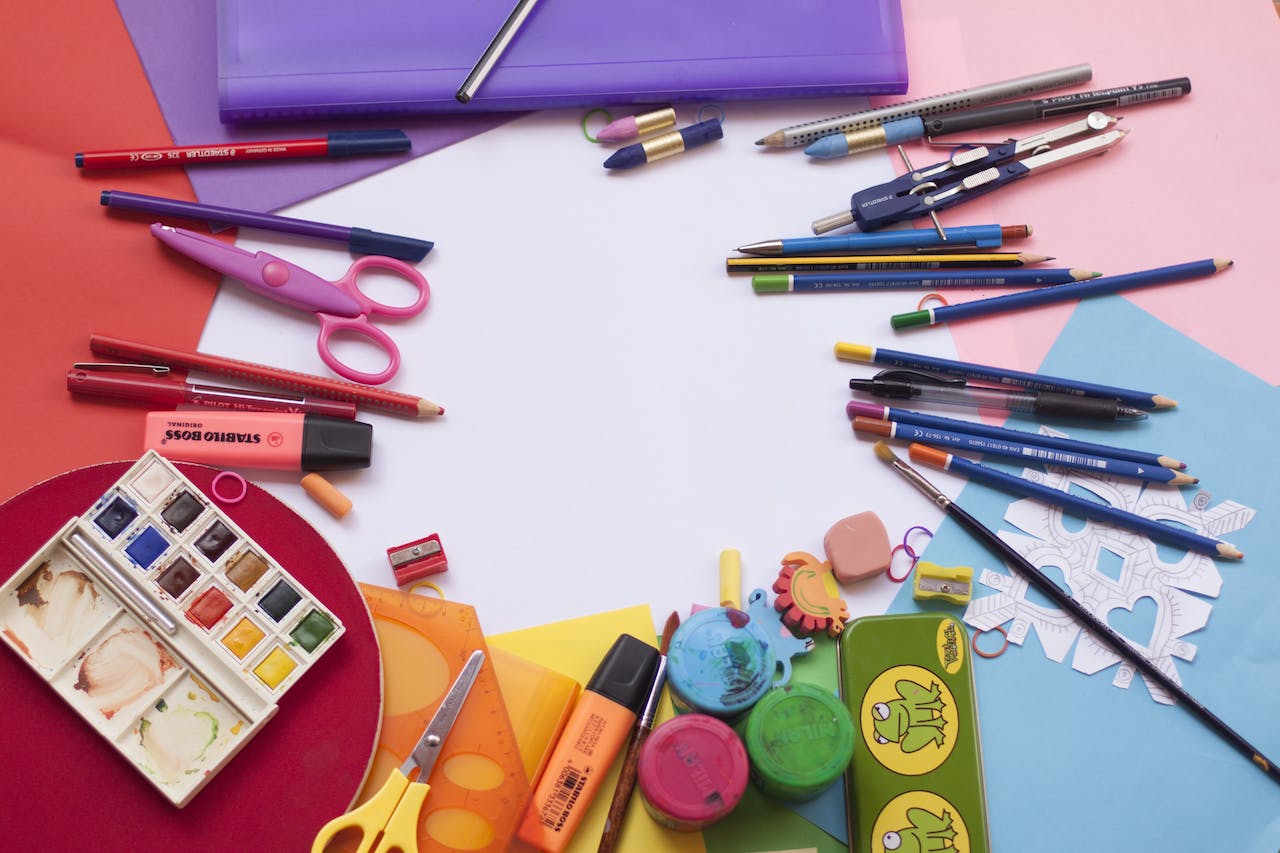Rhyming is a great activity for kids, it helps them teach a variety of skills that they can use in the future. However, helping kids learn how to rhyme almost feels as difficult as explaining what the colour green is.
Rhyming assists with your children’s proper pronunciation, and spelling, so attempts should be made at helping them understand the process.
Thankfully, there are many tried and true methods that are available for helping your children how to rhyme.
Listening to rhymes
If you are just starting to teach your children rhymes, the first step is getting them to listen to rhymes. Nursery rhymes are a great way to create repetitive activities for your child to listen to while still being enjoyable. Nursery rhyme lyrics by LyricsReg.com give you a basis for finding appropriate nursery rhymes for your child. Once your child becomes accustomed to the rhyme structure they will be able to repeat it on their own. Nursery rhymes have the added benefit of being good for fine motor movement, developing listening comprehension skills, and audio fluctuation.
They might not have developed a complete understanding of how rhyming works at this point, but this is an important stage. Some children may not be audio based learners, so incorporate other media to help them learn. Finding picture books that offer rhyming is a great way to help them visualize what they’re learning. Dr. Seuss books are great examples of this and the stories are timeless.
Acknowledging rhymes
The next step is to teach your child an understanding of how certain words rhyme, and why. They should be able to acknowledge that works like “go” and “so” rhyme, and identify the rhyme. When they’re listening to new nursery rhymes they might even be able to tell you which words are rhyming with which. This is a more abstract step but it is an important one. When you are reading a book or nursery rhymes to your child, ask them to identify which works in the sentence rhyme. It will take a bit of practice but they will get the hang of it eventually.
Thinking of rhymes
The next step in assisting a child in understanding how to rhyme is by helping them initiate the rhyming process themselves. After listening and reciting rhymes through repetition, and being able to acknowledge what a rhyme is, they should be able to conduct this next step. Help them along with this process and offer them praise when they are able to produce words that rhyme.
Do not discourage them overly if they aren’t right, just help them think of other examples. This is the most rewarding stage and it shows your child has developed the process properly. With this step you can make up phrases and ask your child to fill in the blank, eventually they’ll start producing their own words. Ensure that you are not using words with a high syllable count initially. Start off by using words that have a singular syllable, and then work your way up to two, three, and four syllables.
Make it fun and rewarding
While the previous three steps are important stages in understanding rhyming development, there are a few key aspects of learning in general to keep in mind. You want to keep the process fun, and rewarding. You might even be surprised when they start asking to engage in learning activities on their own.
The best thing that you can do to make your child see this is a positive experience is by making it fun. Offering them their favourite snack while their learning is the best way to circumvent this process. You might even reward them for participating in learning time with whatever means they find enjoyable. The biggest thing is making sure they don’t see teaching as a bad experience. This will set them up for failure when they are surrounded in an environment that’s meant to educate them.
Start your children off by listening to rhymes, and making sure they are listening to it through repetition. Look for rhymes that they can associate with themselves, or cover topics that they are personally interested in. They will be more likely to find what words rhyme on their own if it covers subject matter that they enjoy. Follow the same rule when you’re asking them to produce rhymes. If the words relate to a show they like to watch, or a toy, the experience will be more fun for them. After you’re done helping show your children how rhyming is done, soon they’ll be showing you how it is done.

